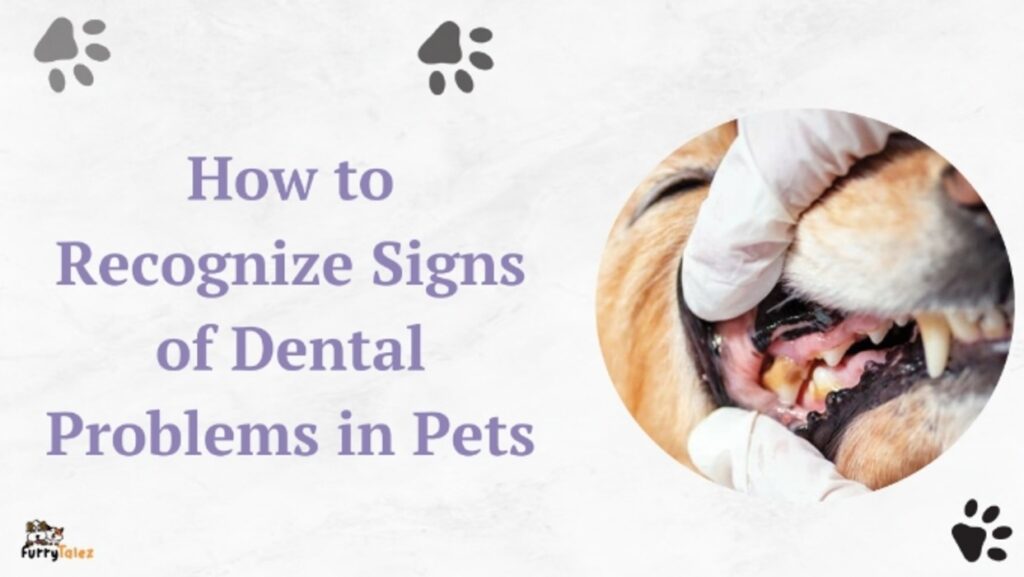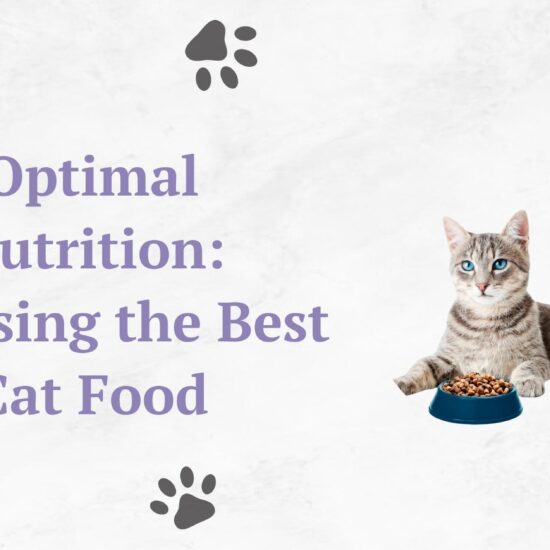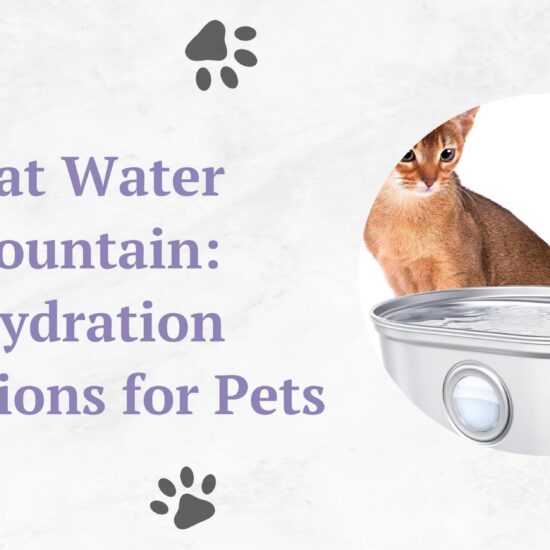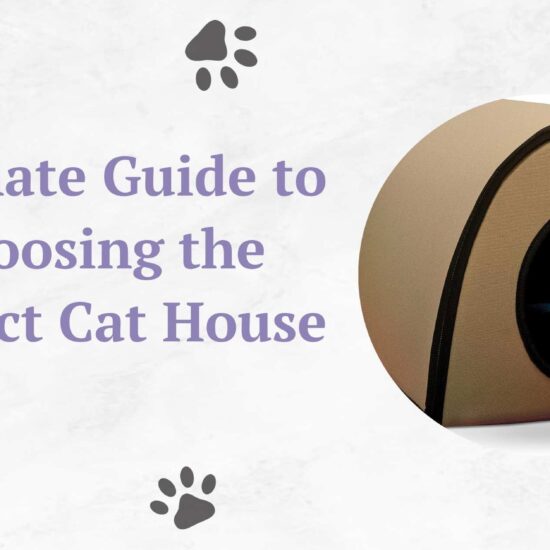Let’s become pet dental detectives, shall we? We’ll uncover the tell-tale signs of tooth troubles, learn about the importance of prevention, and get tips to keep those pearly whites (or not-so-pearly) in tip-top shape.
Table of Contents
Introduction
Imagine this your dog’s breath could knock a buzzard off a gut wagon, or your cat’s got a tooth that looks ready to jump ship. Yikes! Dental problems in pets aren’t just a cosmetic issue; they cause real pain and can even make your best furry pal seriously ill. Trouble is, our pets are champs at hiding their discomfort. So how do we, as responsible pet parents, figure out when something’s amiss in that furry mouth?
Let’s become pet dental detectives, shall we? We’ll uncover the tell-tale signs of tooth troubles, learn about the importance of prevention, and get tips to keep those pearly whites (or not-so-pearly) in tip-top shape.
Bad Breath: The Stinky Canary in the Coal Mine
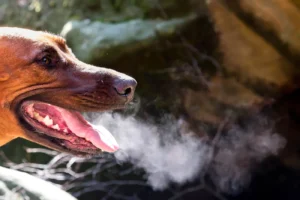
Hold your nose, everyone! Bad breath in pets is often the first obvious clue that something’s not right in the mouth department. Think about it – healthy pet breath isn’t exactly minty fresh, but it shouldn’t make you want to run for the hills either. If your furry friend has developed a case of dragon breath, it’s time to get to the bottom of it.
What Causes Bad Pet Breath?
Plaque and Tartar Buildup: We’re talking about that yellowish-brown gunk that clings to teeth. It’s a cozy home for bacteria, and the source of stinky breath.

Gum Disease: Inflammation, bleeding, and general unpleasantness – not good for your pet, and not good for your nose!
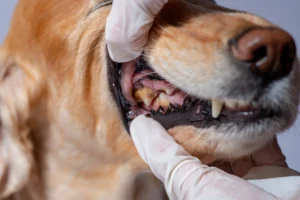
Tooth Decay and Infection: These are painful and can lead to tooth loss. Severe infections can even spread to other parts of the body.
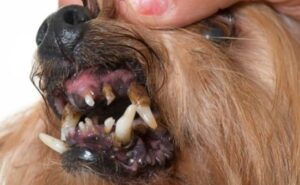
Other Health Issues: Sometimes bad breath can point to problems elsewhere, like kidney disease or diabetes.
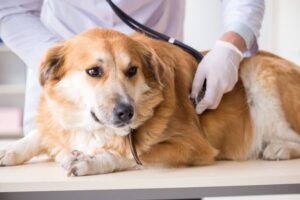
Eating Habits: Tell Tale Signs of Discomfort
Pets with sore mouths often adjust how they eat. Watch out for:
Difficulty Chewing: Dropping food, chewing awkwardly on one side of the mouth, or avoiding hard kibble or treats.

Loss of Appetite: If it hurts to eat, they may simply stop trying, leading to weight loss.

Messy Eating: Pets with dental pain might make a bigger mess, flinging food around more or struggling to pick it up.
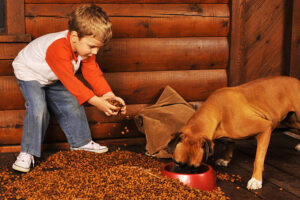
Changes in Preference: Sudden refusal of previously loved crunchy food, or a new interest in soft food only.

Say “Ahh!”: A Peek Inside Your Pet’s Mouth
It’s time to do a bit of gentle investigation! Carefully lift your pet’s lips and take a peek at those champers. It’s a good idea to start this when they’re young so they become used to it. Here’s what to keep your eyes peeled for:
Red, Swollen, or Bleeding Gums: This is a sure sign of gingivitis or more advanced gum disease.
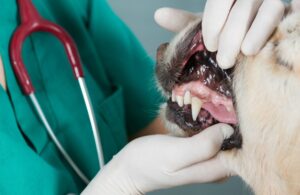
Broken or Loose Teeth: These need urgent attention, as they’re likely causing pain and could be a sign of infection.

Yellow or Brown Build-up (tartar): Plaque’s hardened, bad-news cousin. A professional cleaning is needed to get rid of this.
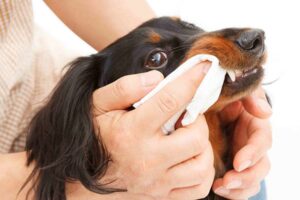
Lumps, Bumps, or Discolorations: These could be a sign of infection, growths, or other issues needing vet attention.

Foul Odor: If your pet’s breath is truly repulsive, this generally points to an advanced dental issue, possibly an infection.

Important
If your pet resists having their mouth examined, don’t force the issue. A stressed, fearful pet could bite. Try again later, focusing on gentle handling and positive reinforcement.
Other Red Flags (Not the Fun Kind)
Pawing at the Face or Mouth: Could indicate mouth pain and discomfort.

Excessive Drooling: Not always a sign of dental problems, but drool may be tinged with blood or particularly foul-smelling if there’s oral disease.

Swelling Around the Face/Jaw: This indicates the presence of a severe infection or abscess. Get your pet to the vet immediately!
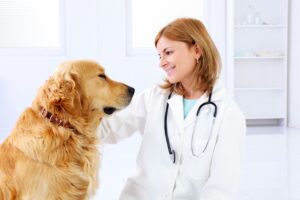
Changes in Behavior: Lethargy, irritability, reluctance to play, or hiding can be linked to pain, including dental issues.

Note: There might be affiliate links mentioned here. We may receive a commission if you purchase a product through an affiliate link. There is no additional charge for you. Please do your own research before making any online purchases.
It’s Not Just About Bad Breath: The Serious Side of Pet Dental Disease
We tend to think of dental problems as mostly a smelly inconvenience, but the truth is much more concerning. Untreated dental disease can cause our beloved pets a great deal of pain and lead to serious health problems throughout the body. Here’s what’s at stake:
Constant Pain: Imagine having a toothache that never goes away – that’s the reality for many pets with dental disease.
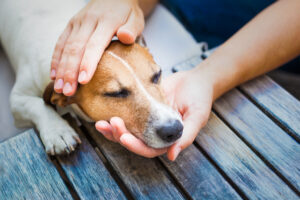
Tooth Loss: As infections worsen and damage the supporting structures, teeth can become loose and eventually fall out.
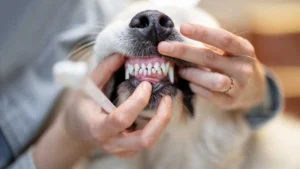
Spread of Infection: Bacteria from the mouth can easily enter the bloodstream, potentially infecting the heart, kidneys, liver, and other vital organs.
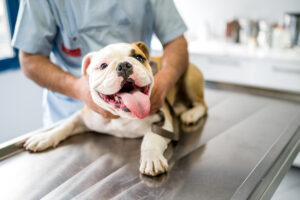
Difficulty Eating: With severe dental problems, eating might become so painful that pets suffer from malnutrition.

Overall Health Decline: Pets with chronic diseases, such as dental infections, are more susceptible to other illnesses and have shorter lifespans.

Prevention is the Best Medicine (Even for Furry Friends!)
The absolute best way to avoid the pain and consequences of dental disease is to prevent it from happening in the first place. Here’s how:
Regular Dental Check-Ups: This is the number one most important thing! Your veterinarian can spot problems early, perform professional cleanings, and discuss preventative care options.
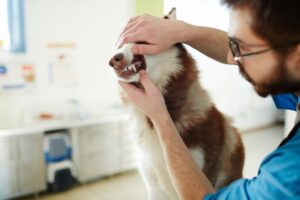
Toothbrushing: It sounds strange, but it’s incredibly effective. Start when your pet is young for the easiest training, and always use toothpaste designed specifically for pets.

Dental Chews, Treats, and Toys: These can help scrape plaque off teeth, but they’re not a substitute for brushing. Choose products recommended by your vet.
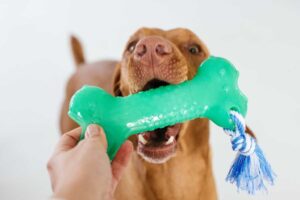
Tooth-Friendly Diets: Some kibbles are formulated to help reduce plaque buildup. Ask your vet for recommendations.

Water Additives: These can help reduce bacteria in pets’ mouths, but shouldn’t be relied on as the only form of prevention.

FAQs: Busting Common Myths About Pet Dental Care
Q: My pet’s old, isn’t bad breath and some dental problems just normal?
A: While dental problems are more common in older pets, they’re certainly not normal or inevitable. Just like us, our pets deserve healthy teeth and gums throughout their lives!
Q: Can dental disease in my pet affect my own health?
A: While it’s rare, certain bacteria found in pet mouths can, in theory, be transmitted to humans, especially those with compromised immune systems. Good hygiene practices (like washing hands after cleaning your pet’s teeth) minimizes any risk.
Q: My cat NEVER lets me look in her mouth, what can I do?
A: Cats are notoriously independent creatures, and many resist having their mouths handled. Be patient! Start slow by getting your cat used to having their face touched. Offer lots of praise and super-tasty treats as rewards!
Conclusion
As pet parents, it’s our responsibility to look out for the well-being of our furry companions. That includes paying close attention to their dental health! By recognizing the signs of dental disease, seeking appropriate veterinary care, and focusing on prevention, we can help our pets live longer, healthier, and happier lives – free from toothaches and stinky breath.
Let’s make dental care a priority for our furry friends. After all, a healthy smile is a happy smile, whether it’s covered in fur or not!


